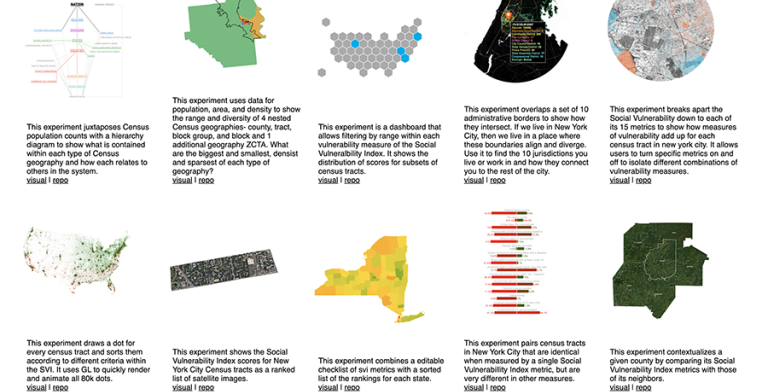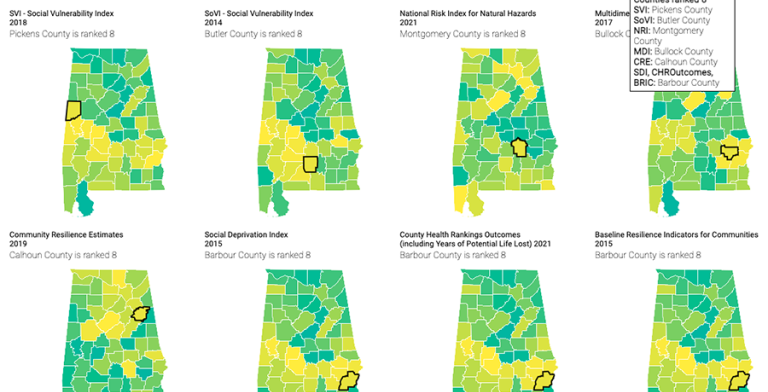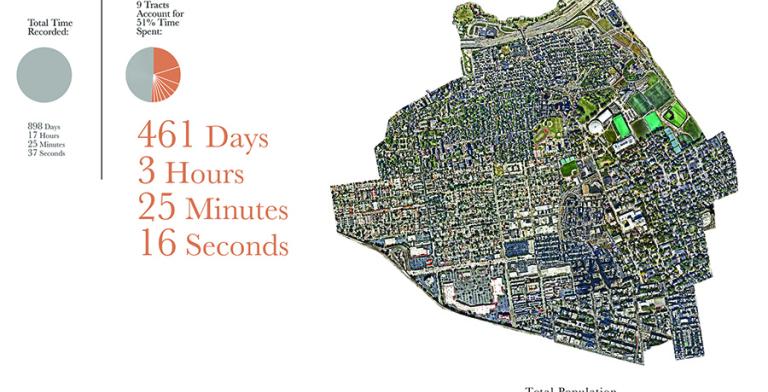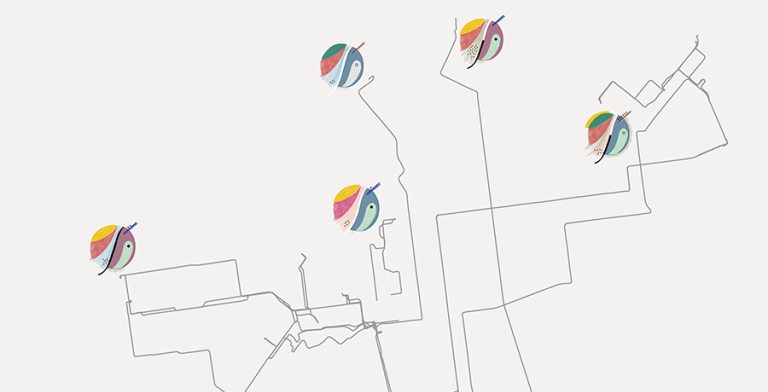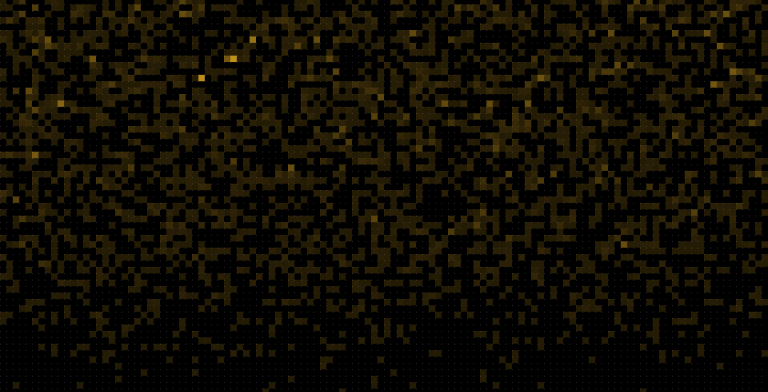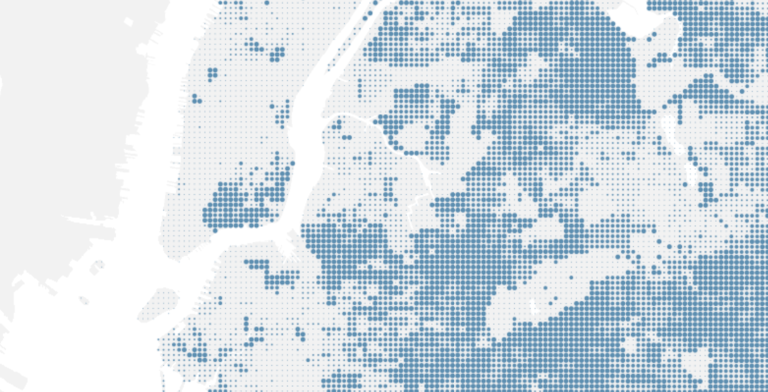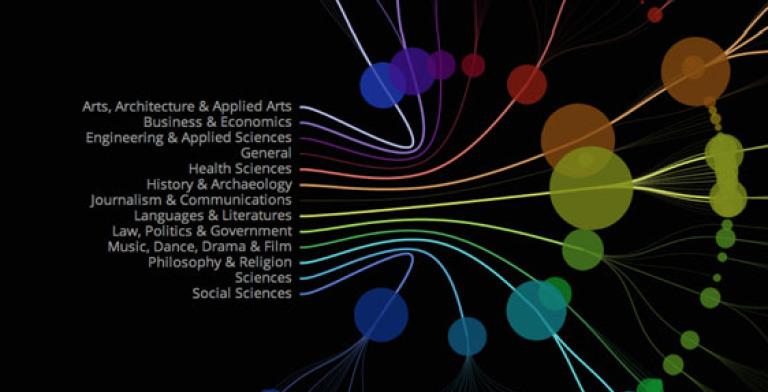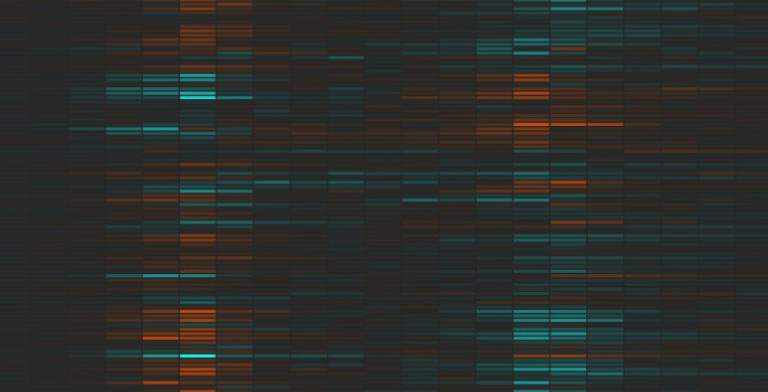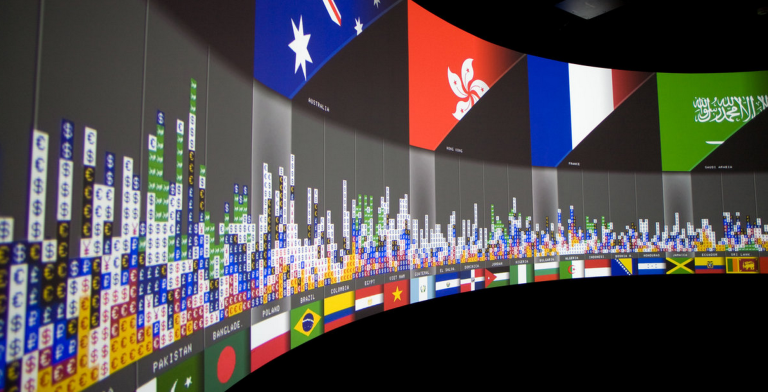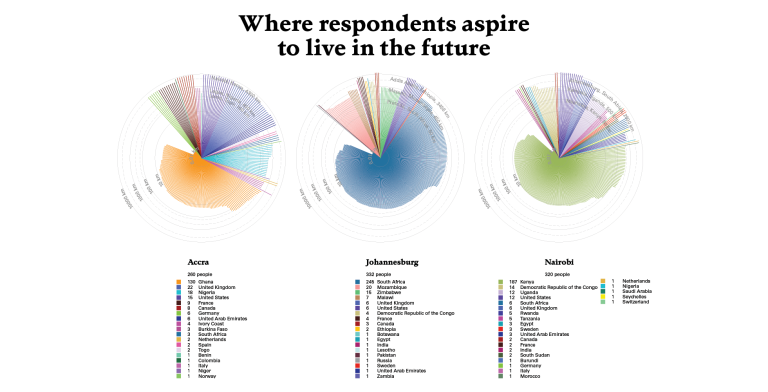
In an era of increased fluidity, political devolution, institutional fragmentation, and economic and environmental precarity, African cities are reshaping under a young population preparing for uncertain futures. This project seeks to understand the emerging patterns of human mobility, urbanism, and socio-political changes through extensive surveys in Accra, Nairobi, and Johannesburg, conducted by the African Centre for Migration and Society (ACMS). It visualizes residents' connections to place and captures the intricacies of their fragmented and uncertain lives. This research, in collaboration with the University of the Witwatersrand, aims to generate data for further academic exploration, policy reconsideration, and to enhance understanding of spatial inequality and future politics in Africa.
